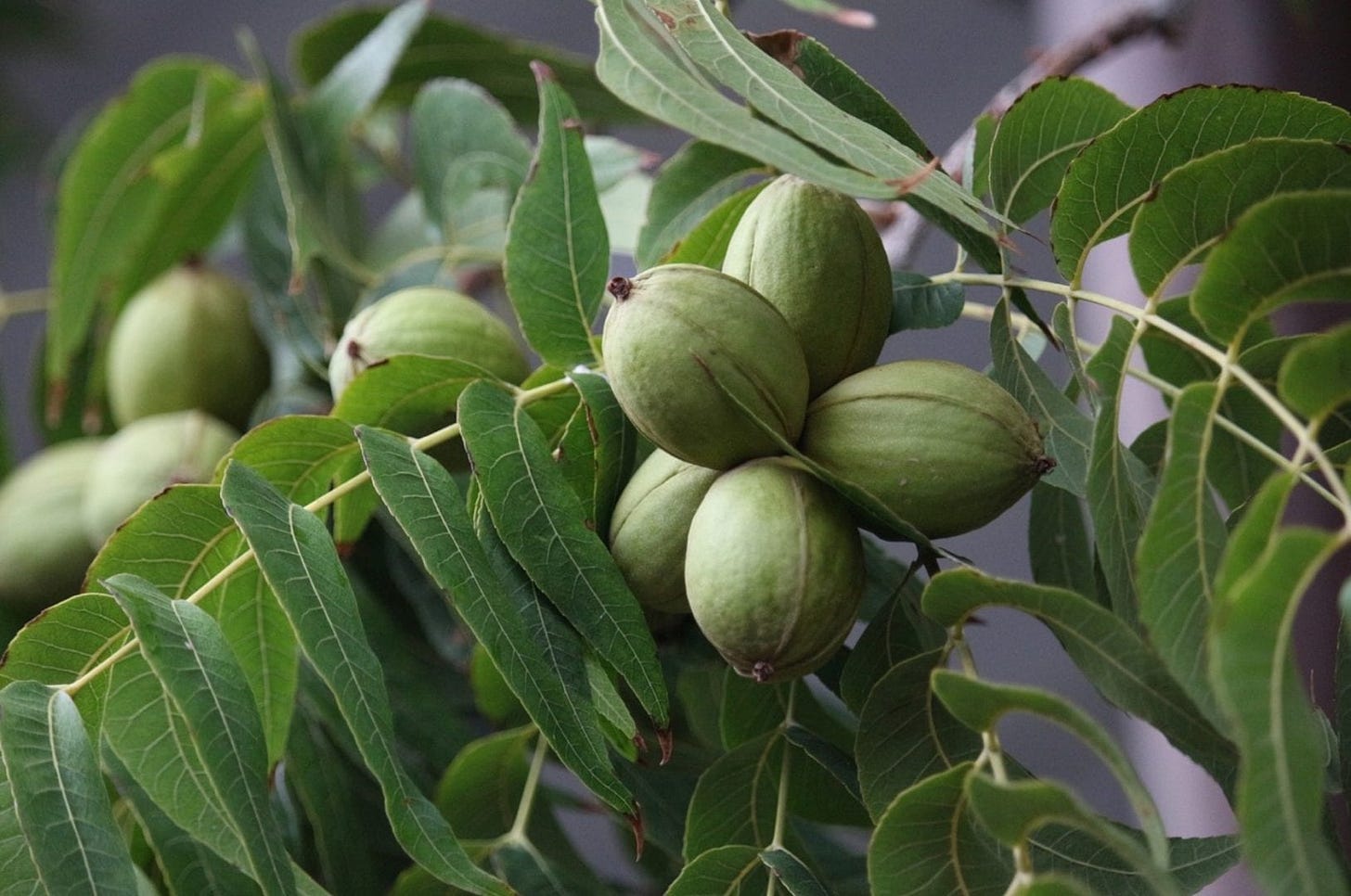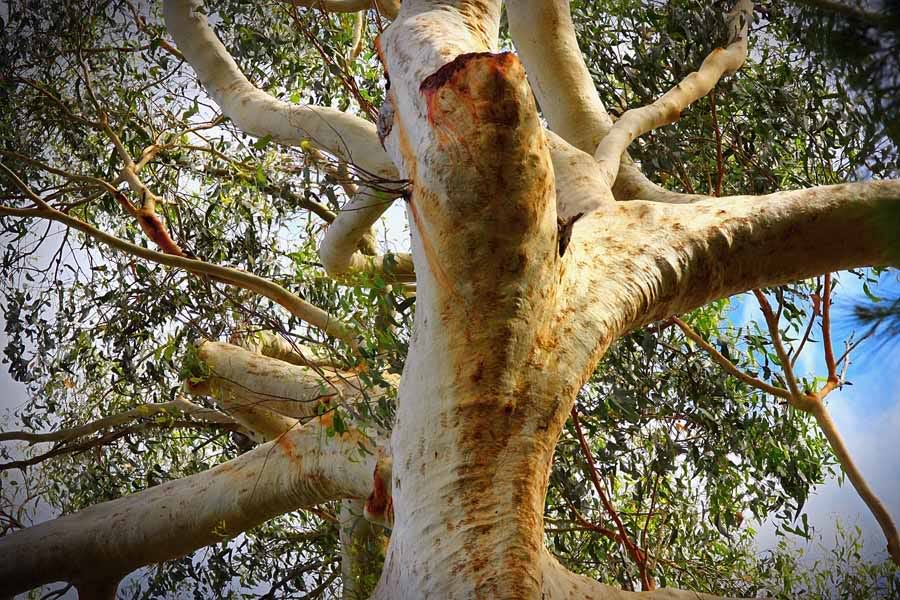In 1998, four years after the end of apartheid, we made the first long visit to South Africa in 16 years. With the end of the violence of the 1980s, South Africa was again relatively peaceful, and we longed to see our friends and to see some megafauna. The country had changed greatly in interesting ways since our times in 1970 and 1982 and I wrote a series of short vignettes about our more memorable experiences. I am posting these as a series called African Vignettes. You can find the links to the African Vignettes already posted at the end of this essay.
There’s a low spot of about 2 hectares on Mark’s farm, well actually, it’s the farm belonging to Mark’s partner in the cattle business, who inherited it from her family. It was pretty run-down when she got it as a result of the overgrazing commonly practiced on high-veldt farms in order to wring the last Rand out of the land today, the Devil take tomorrow. You can tell the veldt that’s been treated this way by the prevalence of harvester termite mounds and bankrupt bush, both invaders favored by overgrazing. Anyway, Mark is going to plant a pecan orchard to diversify the products of the farm, and probably a little bit for fun too. The low spot grades into a stream-course, dammed to provide water for livestock. We swish through the coarse grass and peer into one of the 100 square pits the farm help has dug to receive the young pecan trees. Dense clay lies in lumps and heaps by the side of each pit. “We got a problem”, says Clyde the Afrikaans farm overseer. “Det eucalyptus tree got roots all through here”. Cut ends of thick, red roots show in several pits. We look up at a huge Australian blue gum tree 200 feet away at the edge of the field. It has seven trunks, none less than 2 feet in diameter, and dozens of branches thicker than a fat man’s waist. Someone tried to kill it perhaps 50 to 75 years ago, but it came back seven times as strong. “Ach, we got to get rid of det tree”, he said, flicking a cigarette butt to the ground. “Nobody got a chain saw long enough”. Not to mention that it would be mighty tricky to work among those multiple trunks, swinging a blazing chain saw, I think. This tree was not going to lie down on its own and expire. This tree had fought and won once before.
Like guys the world over, the conversation continues with occasional talk and lots of virtual tire-kicking, hands in pockets, gaze shifting from ground to horizon, to somewhere around 50 degrees off-center, back to the ground. Tony, Mark’s son comes running back from the little dam, all energy and movement. “Ach, I looked for the ducks. I didn’t see them.” He orbits us for a few moments, then his need to rip and snort across large expanses of territory wins out, and he heads for the little dam again, vanishing under the wall of willows. Deliberations continue, no hurry. Finally, it is understood that the overseer knows a guy from a neighboring farm who has a chain saw long enough and who has dropped large trees before. He would ask him. It would cost money.
When we return in the afternoon, the neighbor is there. Yes, he thought he could do it. Yes, the stump would have to be painted with “Stump-out”. The multiple trunks would provide firewood for many, many fires.
We walk back to the farmhouse, set in a grove of eucalyptus. “We gotta trim those brenches theh”, says Clyde the overseer. This species of eucalyptus is famous for dropping branches without warning. Widowmakers. Not good to live under. We part, Clyde to his house, we to the old family house that now stands empty and cool in a corral of tall blue gums. The Dutch door gives into the dark interior of the kitchen at whose well-worn table we have a late lunch. We lock up, bump down the farm road toward the highway. On the right is a hillside with a large, squarish hole cut in its stone flank. The neighbor tried to develop a granite quarry, says Mark. Claimed high quality, but when the buyers saw what they had contracted for, the whole thing went bust. While they were mining, the noise was awful. I think, some square holes create more noise during construction than do others. Now huge cubes of granite dot the perimeter of the quarry, giant dice waiting for a giant craps game. Some are trussed in wood for shipment.
In Pretoria, in Mark’s back yard, several dozen tiny pecan trees wait in their pots under a shade awning. They’re waiting for their square pits in the clay, waiting for the blue gum to die, waiting to become fruitful and to shower Mark with pecans. Planting pecans is not for the impatient.
Previously posted African Vignettes: No. 1. Alternative Wildlife Spotting; No. 2. Wired Folk Art; No. 3. Fynbos; No. 4. Afoot Among the Wild Animals; No. 5. Squatters; No. 6. Working for Water; No. 7 Taxi Wars. No. 8 The Tip of South Africa; No. 9 Biltong; No. 10 Really Neat Bullet Holes; No. 11 Cattle; No. 12 Fire; No. 13 Wonderboy; No. 14 Pecans.





Those blue gum leaves make excellent Eucalyptus globulus essential oil, or so I’ve been told.
You’re a good storyteller. Very detailed portraits of people and places.